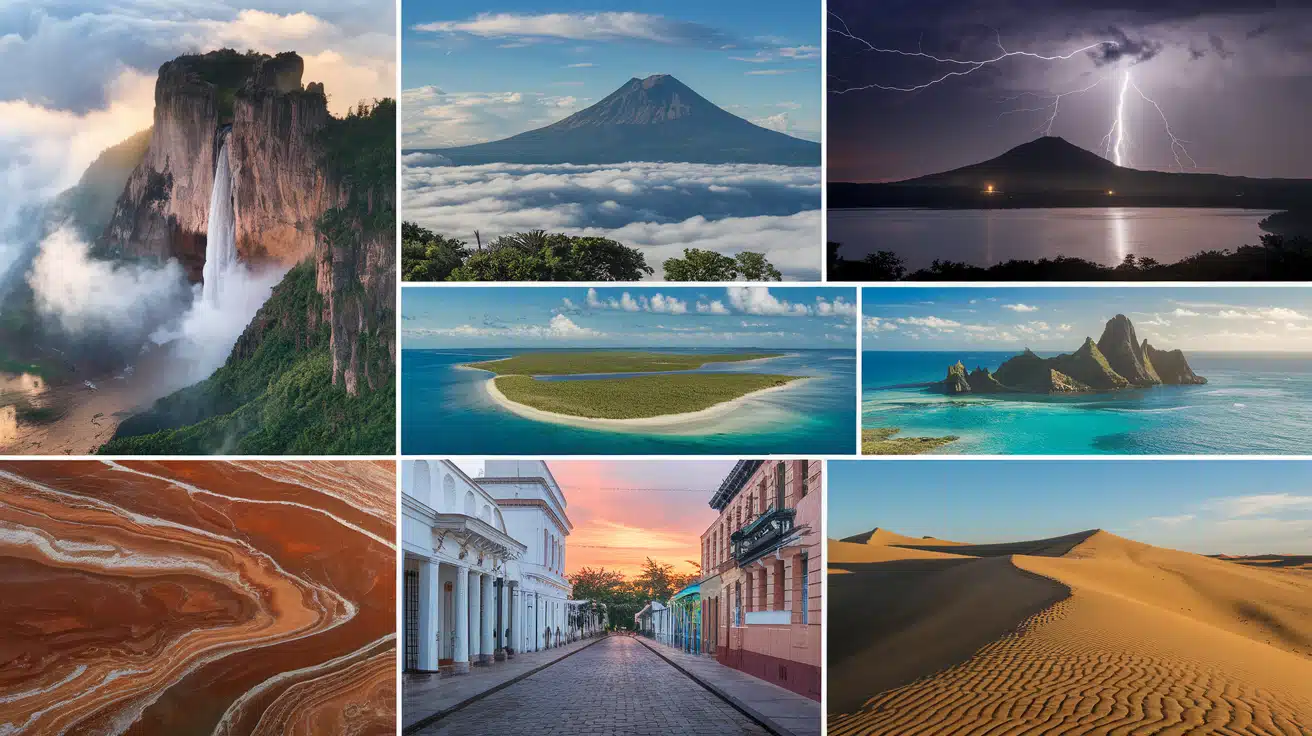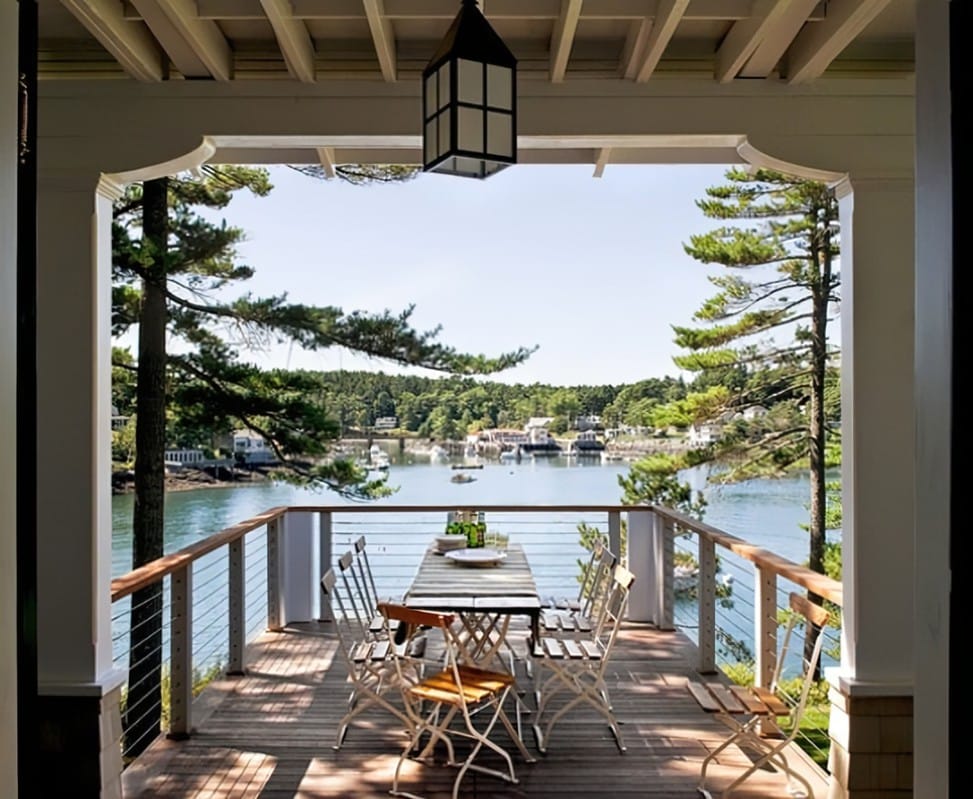27 Must Visit Venezuela Landmarks: A Complete Guide
Welcome to our guide to Venezuela’s landmarks that you can not miss!
This South American nation offers an amazing range of natural sites.
It has everything, from the world’s tallest waterfall to ancient table mountains, unique lightning phenomena, and pristine island chains.
Our guide covers must-see locations, including both famous attractions and lesser-known gems that few travelers visit.
For each site, we provide practical information about access, the best times to visit, necessary permits, and important safety considerations to help you plan your trip.
Let us get started!
Famous Venezuela Landmarks You Can’t Miss
1. Angel Falls
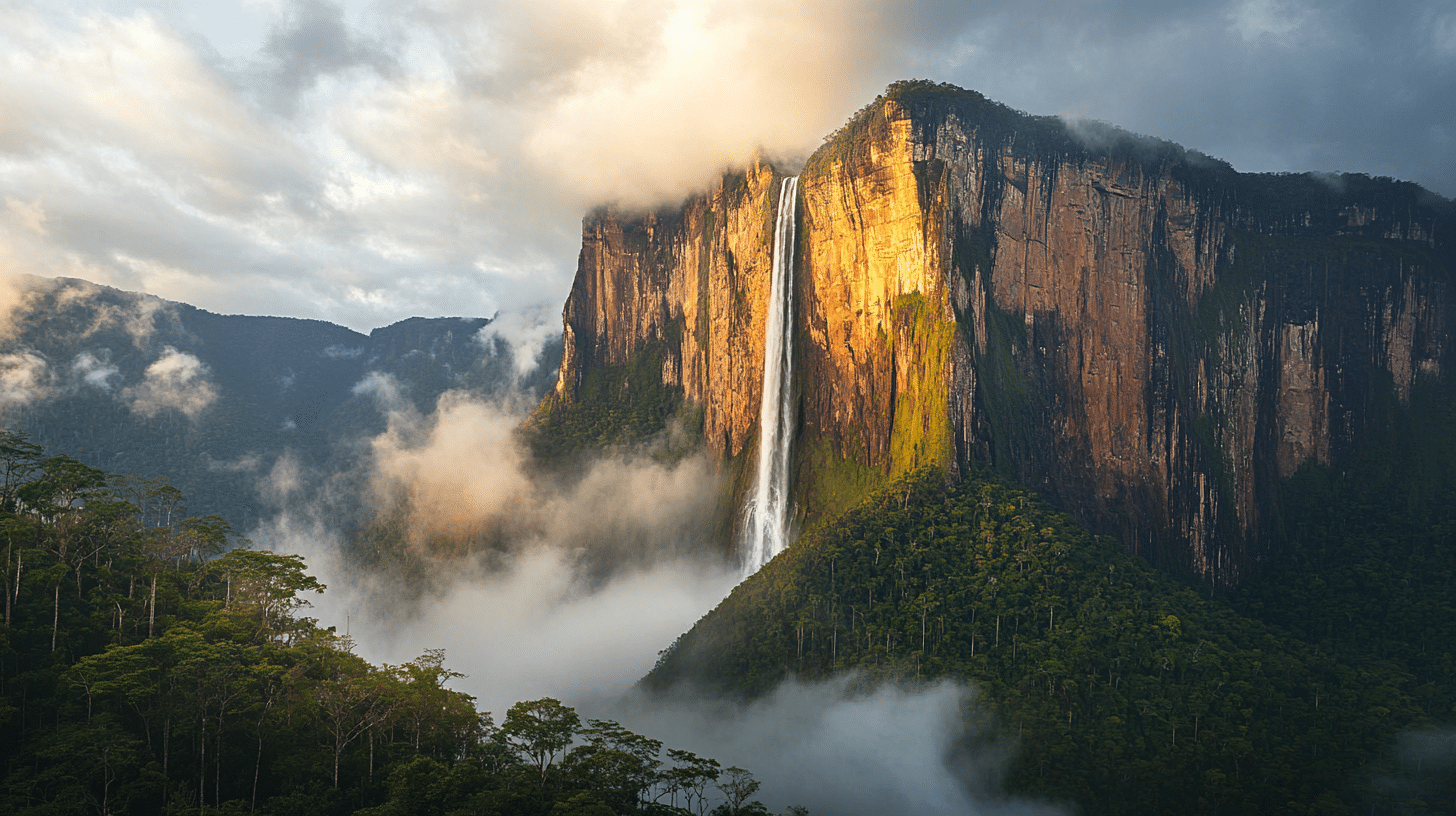
- Importance: At 979 meters, Angel Falls is the world’s tallest waterfall. Water plunges from Auyantepui Mountain to create a spectacular sight. This iconic landmark inspired scenes in Disney’s Up and attracts nature lovers worldwide.
- When to Go: June to December offers the best views with high water flow. January to May might show only a trickle or mist.
- Permits: Entry to Canaima National Park requires a permit obtained through tour operators. Indigenous guide accompaniment is mandatory.
- Safety Tips: Book with reputable tour companies and bring insect repellent, water purification tablets, and necessary medications. The area is remote, with limited medical facilities.
2. Mount Roraima
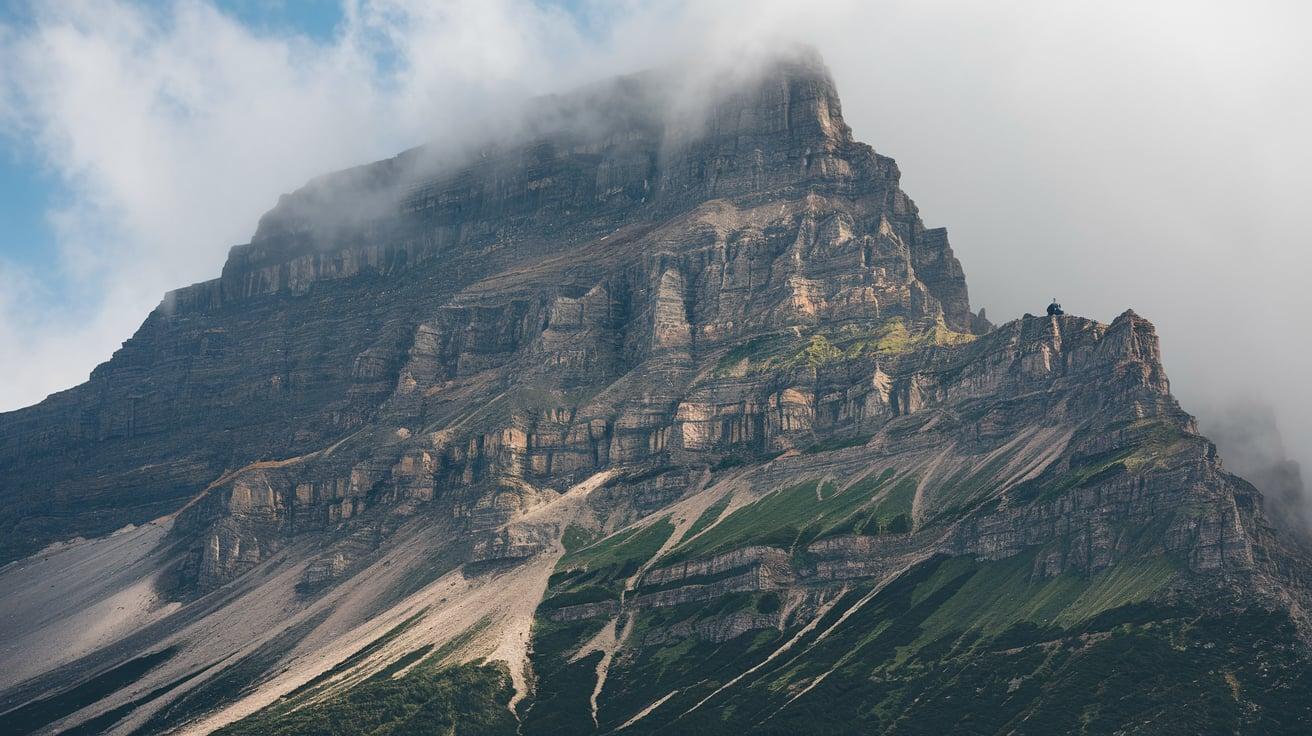
- Importance: This ancient table mountain inspired Arthur Conan Doyle’s “The Lost World” and forms a triple border between Venezuela, Brazil, and Guyana. Its unique ecosystem hosts many plants found nowhere else on earth.
- When to Go: December through April (dry season) provides safer climbing conditions. Avoid the peak rainy months of May to August.
- Permits: National park entry fees apply. Guides are legally required, typically arranged through tour operators in Santa Elena.
- Safety Tips: Weather changes quickly on the summit. Bring warm clothes, rain gear, and proper hiking boots. The trek is physically demanding but requires no technical climbing skills.
3. Catatumbo Lightning
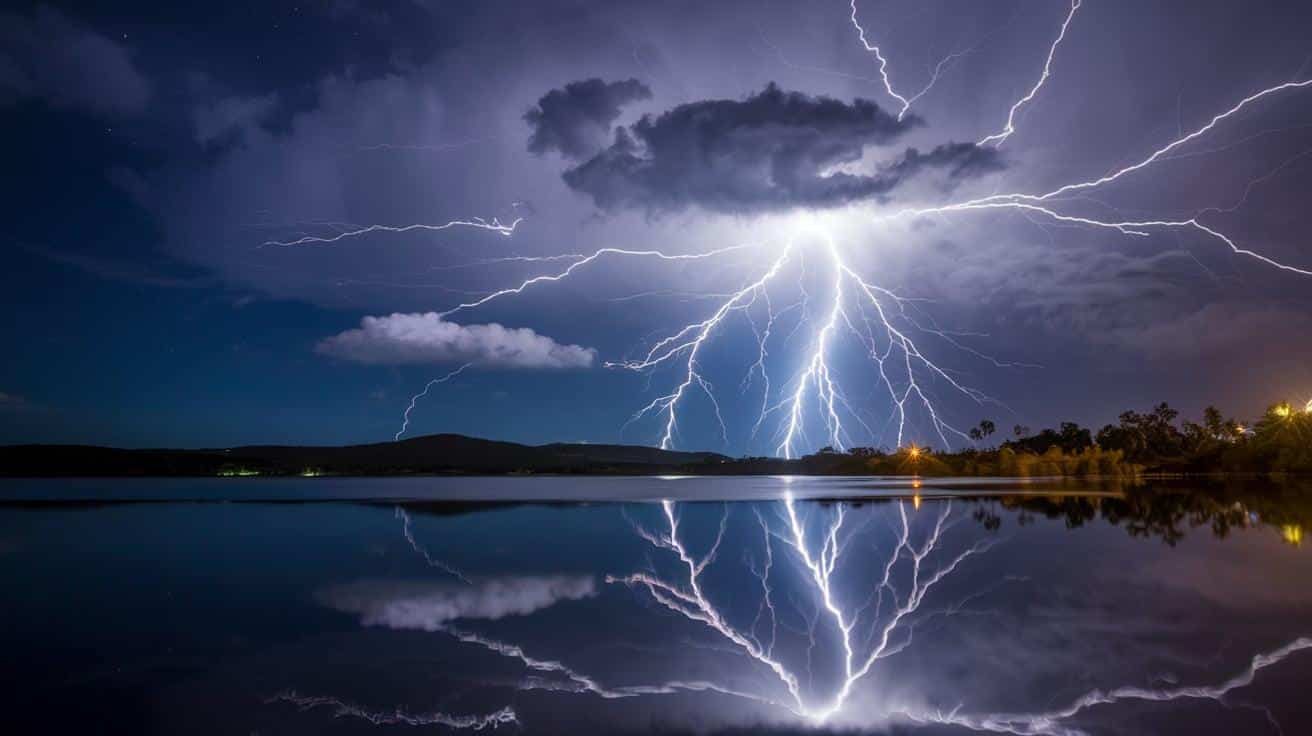
- Importance: This unique atmospheric phenomenon produces lightning storms 140-160 nights per year, with up to 280 strikes per hour and visibility for up to 400 km. It occurs where the Catatumbo River meets Lake Maracaibo.
- When to Go: September to October typically shows the most consistent lightning activity. The phenomenon sometimes pauses during El Niño years.
- Permits: No special permits are needed, but visiting with local guides is essential for safety and navigation.
- Safety Tips: Stay on the boat or in designated viewing areas. Bring mosquito protection, as the lake area has high insect activity—book with established operators.
4. Canaima National Park
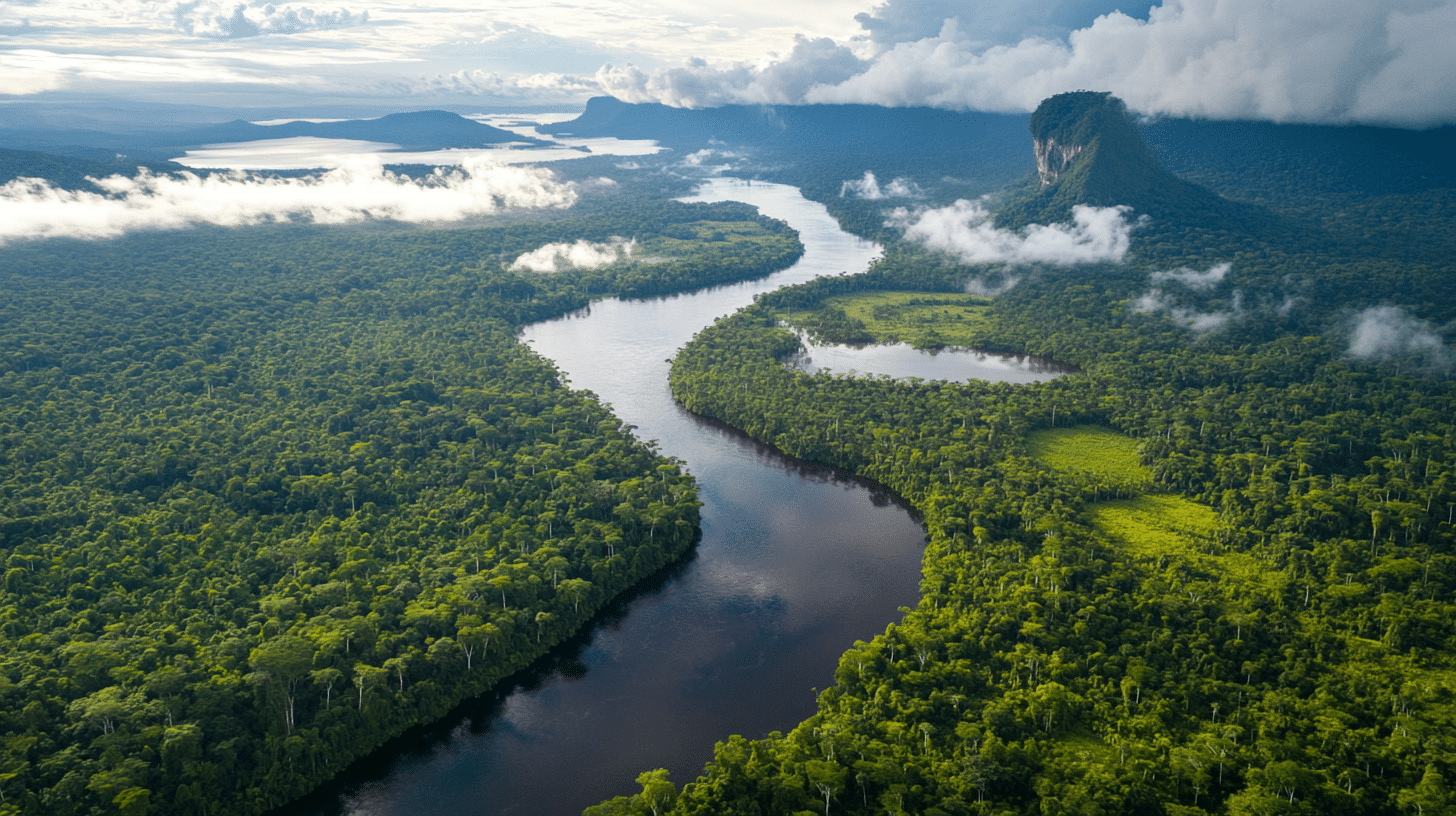
- Importance: This UNESCO World Heritage site spans 30,000 square kilometers and is home to countless waterfalls, tepuis (table mountains), and unique biodiversity. The park represents one of Earth’s oldest geological formations.
- When to Go: Most areas are easier to access during the dry season (December-April), but waterfalls are more impressive during the wet season (May-November).
- Permits: Entry permits are required, usually arranged through tour operators. Indigenous community fees may apply in certain areas.
- Safety Tips: Follow authorized guides, protect against the sun and insects, carry water purification methods, and respect indigenous territories and customs.
5. Morrocoy National Park
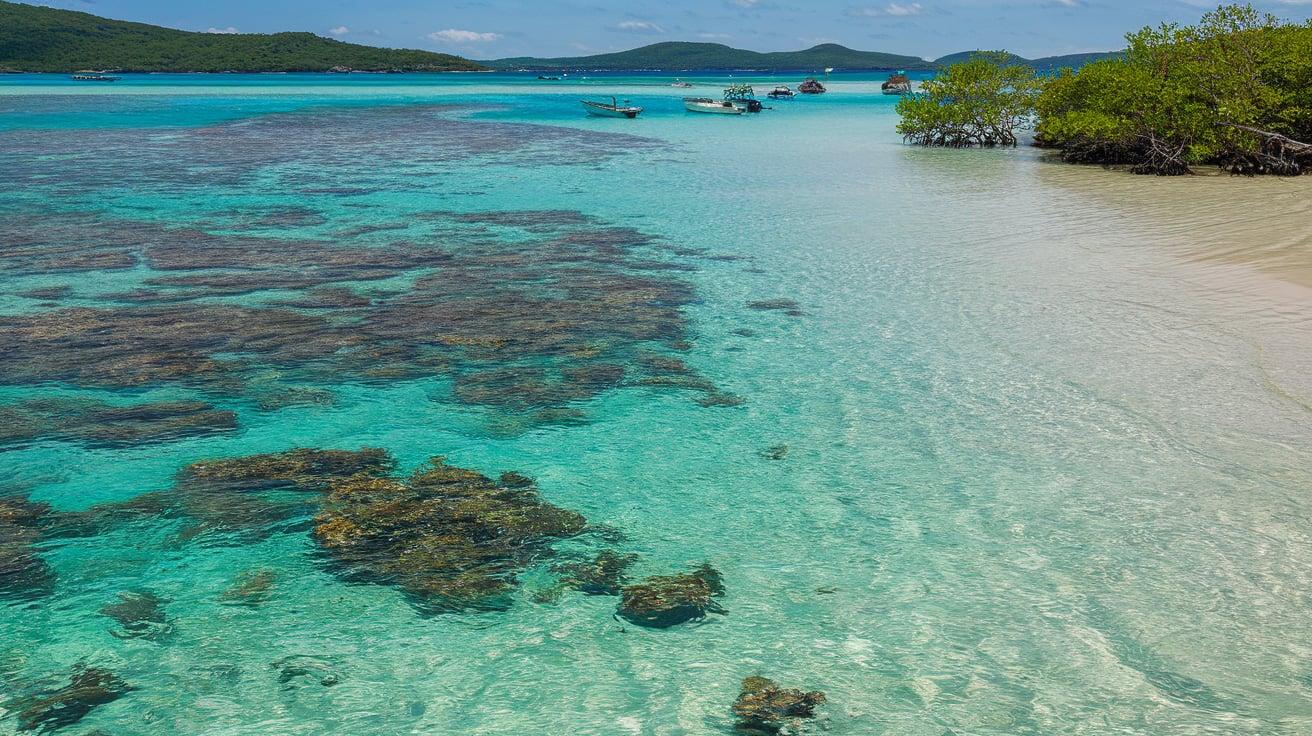
- Importance: A coastal paradise featuring crystal-clear waters, coral reefs, mangroves, and white-sand cays. This protected marine area serves as an important habitat for sea turtles and diverse marine life.
- When to Go: January through April offers calmer seas and less rainfall. Avoid Easter Week and major holidays when the park becomes extremely crowded.
- Permits: Small entrance fee payable at control points. No special licenses are needed for general visits.
- Safety Tips: Use reef-safe sunscreen, stay aware of boat traffic, bring plenty of drinking water, and never touch coral formations. Beware of sea urchins in shallow waters.
6. Coro and its Port
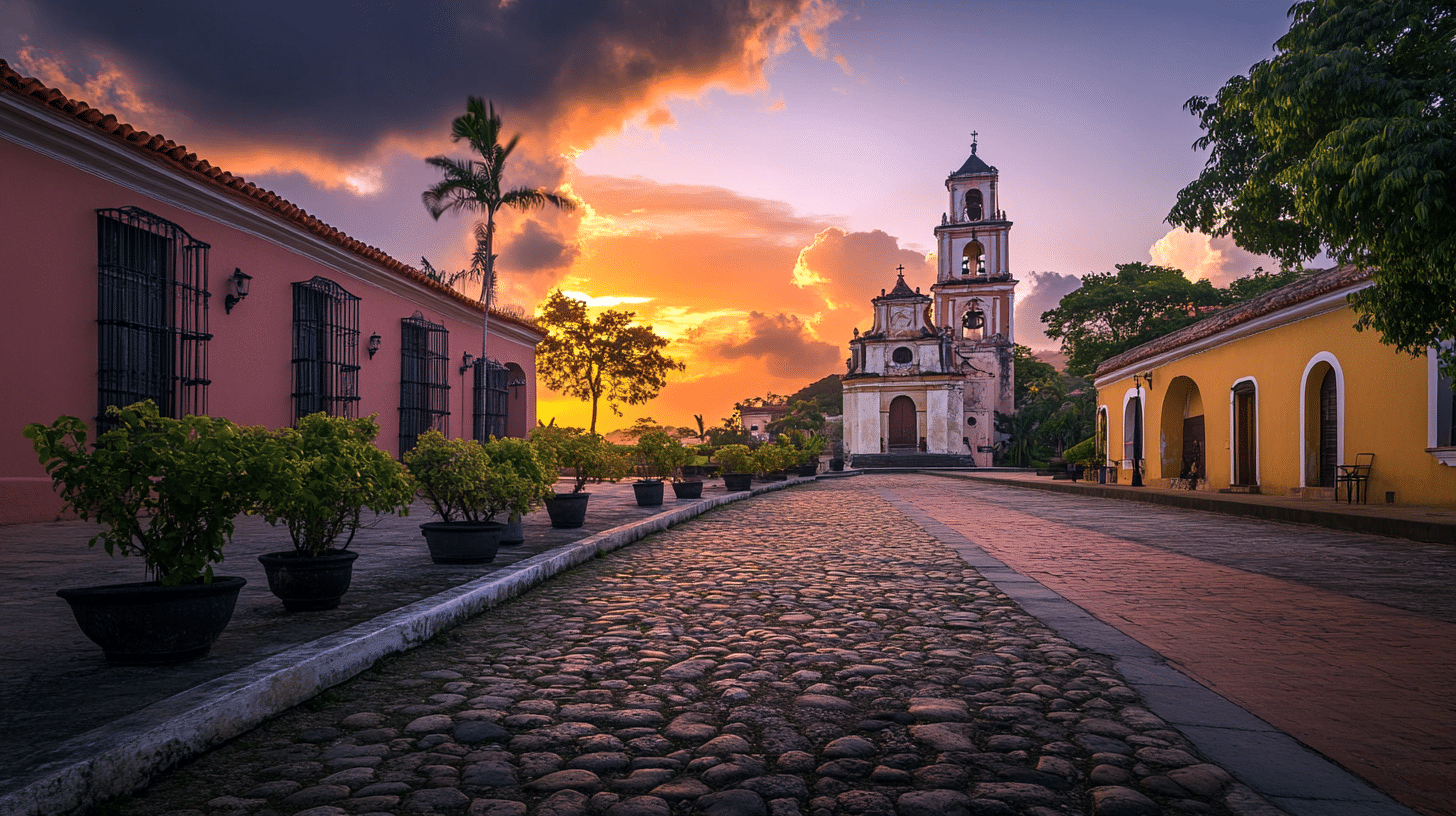
- Importance: Venezuela’s first UNESCO World Heritage site preserves over 600 historic buildings. The colonial town showcases unique mud architecture blending Spanish, Dutch, and indigenous building techniques.
- When to Go: The dry season (December-April) is most comfortable. January- February features cultural festivals celebrating the city’s heritage.
- Permits: No special permits are needed. Some historic buildings charge small entrance fees.
- Safety Tips: Stay in well-traveled areas, particularly at night. Bring a hat and water, as shade is limited in the historic quarter. Use official taxis for transportation.
7. Guácharo Cave
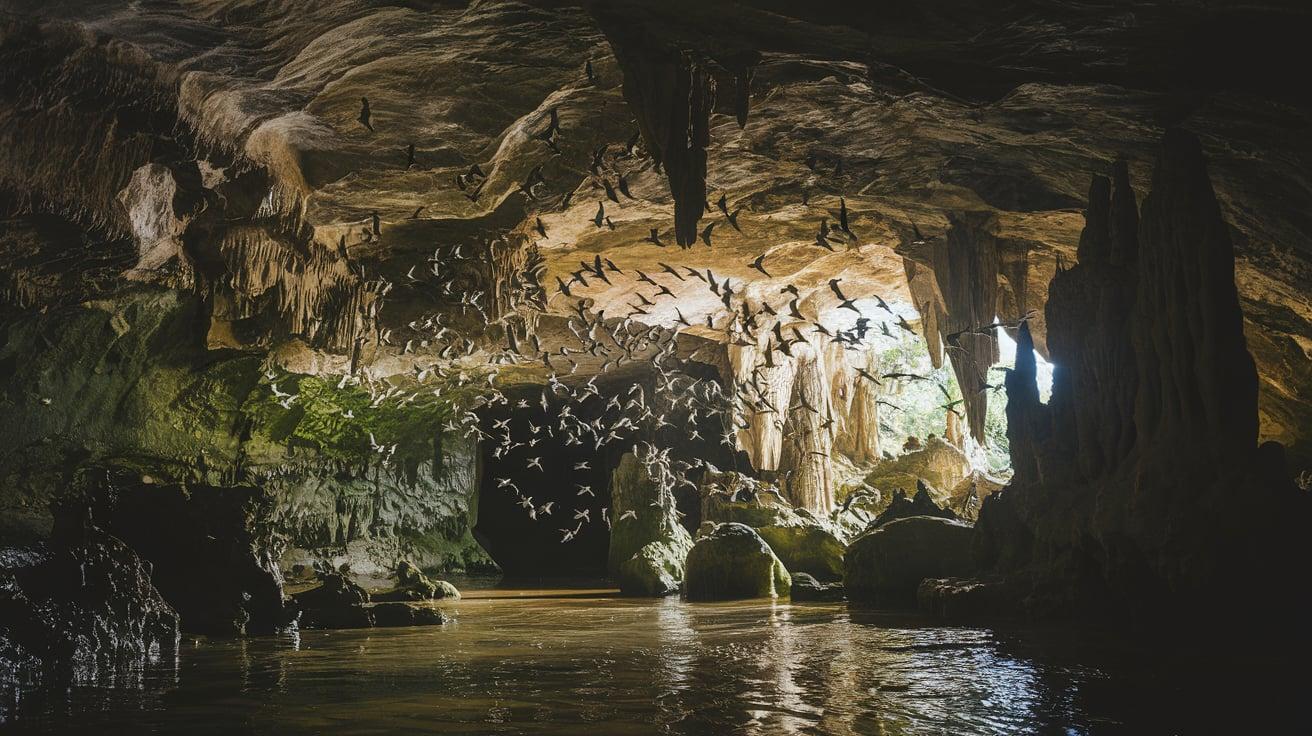
- Importance: This is one of Venezuela’s most significant cave systems, home to thousands of oilbirds (guácharos). These nocturnal birds use echolocation like bats and inspired many Indigenous legends.
- When to Go: The cave is accessible year-round with consistent temperature and conditions inside. Mornings often have fewer visitors.
- Permits: A park entrance fee is required. Without special scientific permits, only the first kilometer is accessible to the public.
- Safety Tips: Wear non-slip shoes, bring a light jacket for the cool cave temperature, and follow guide instructions. Photography with flash is prohibited to protect the birds.
8. Los Roques Archipelago
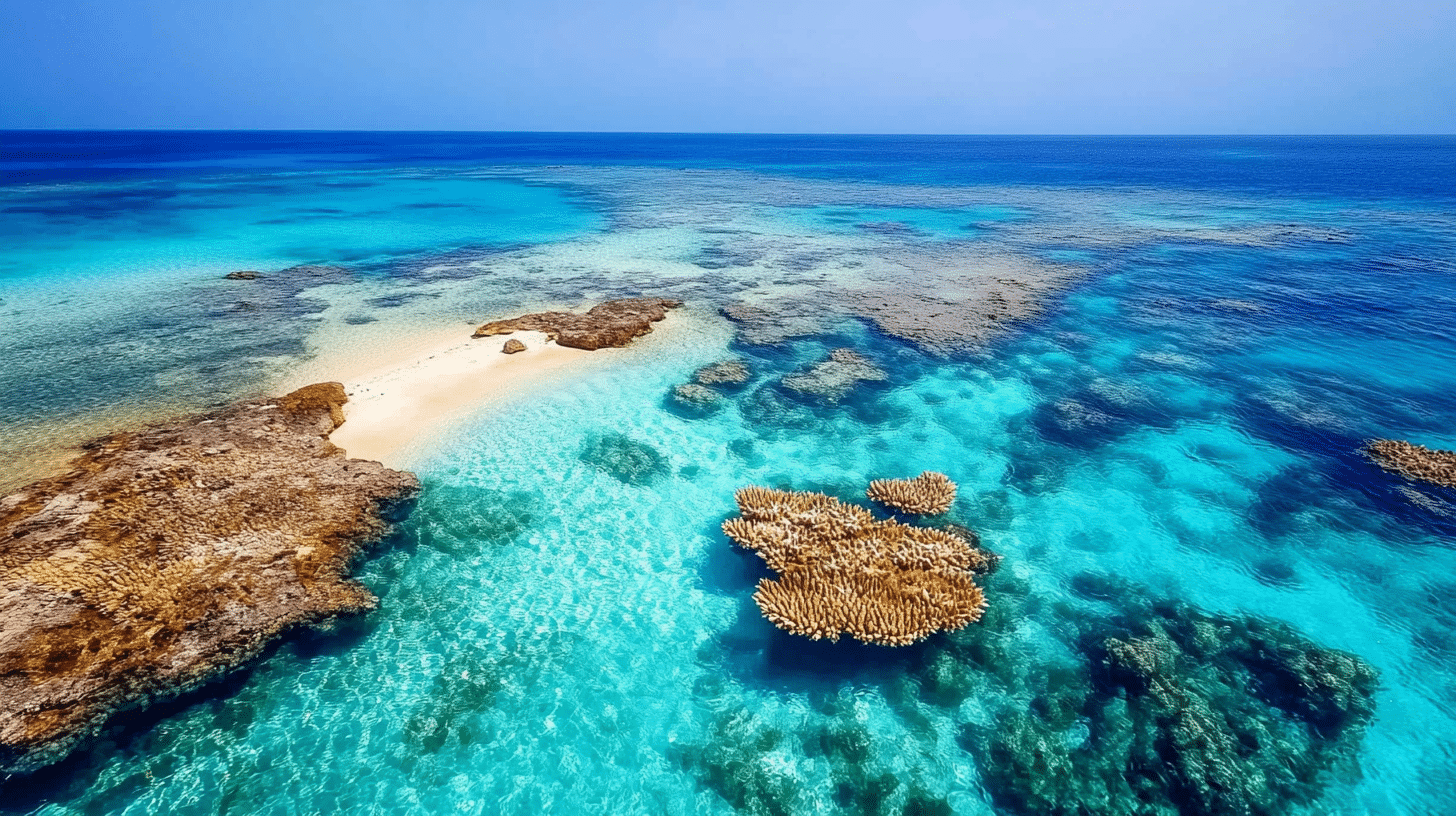
- Importance: This national park contains 350+ islands, cays, and reefs, forming Venezuela’s largest marine park. Its pristine beaches and exceptional marine biodiversity make it a world-class destination.
- When to Go: November to May offers optimal weather. The area receives less rain than mainland Venezuela, even during the wet season.
- Permits: National park fee payable upon arrival. Additional licenses are needed for fishing activities.
- Safety Tips: Bring cash, as ATM access is limited. Pack high-SPF sunscreen, a hat, and reef-safe products. Arrange accommodation in advance, as options are limited.
9. El Ávila National Park (Waraira Repano)
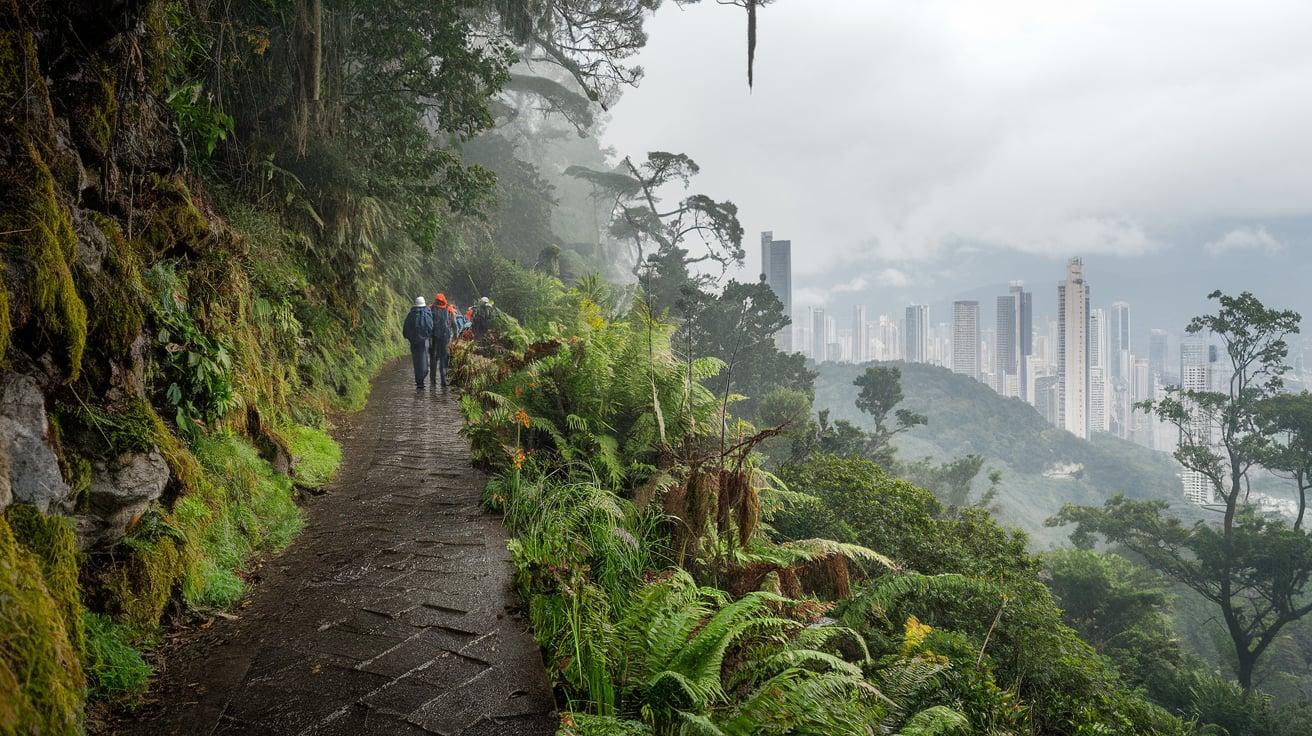
- Importance: This mountain range creates a natural barrier between Caracas and the Caribbean coast. Its accessibility makes it the most visited national park in Venezuela, offering cloud forests and hiking trails.
- When to Go: It is accessible year-round, but December offers clearer views. Weekdays are significantly less crowded than weekends.
- Permits: There is a small entrance fee at the main entry points. Special permits are needed for overnight camping or accessing restricted areas.
- Safety Tips: Stay on marked trails, hike in groups, and bring more water than you think necessary. Consider hiring local guides for longer routes.
10. Lake Maracaibo
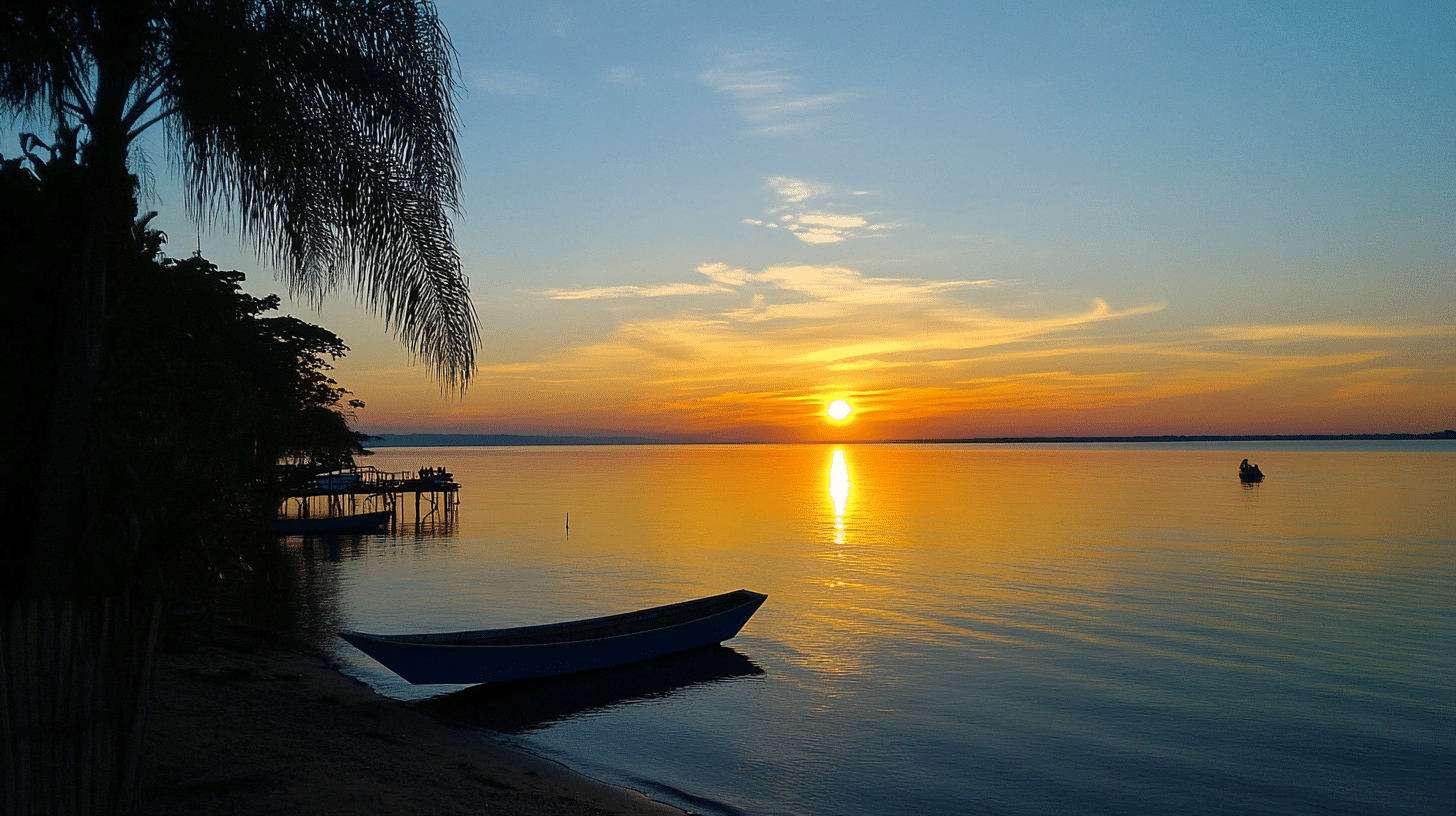
- Importance: The largest lake in South America and one of the oldest on Earth (20-36 million years). Despite its name, it connects to the Gulf of Venezuela, making it technically a bay.
- When to Go: The dry season (December-April) offers more comfortable exploration conditions.
- Permits: No special permits for general lake viewing. Boat tours may require registration with local authorities.
- Safety Tips: Use reputable boat operators, be cautious in urban areas around the lake, and check current travel advisories for specific regions.
Treasures of Venezuela that are Hidden
11. Sima Humboldt
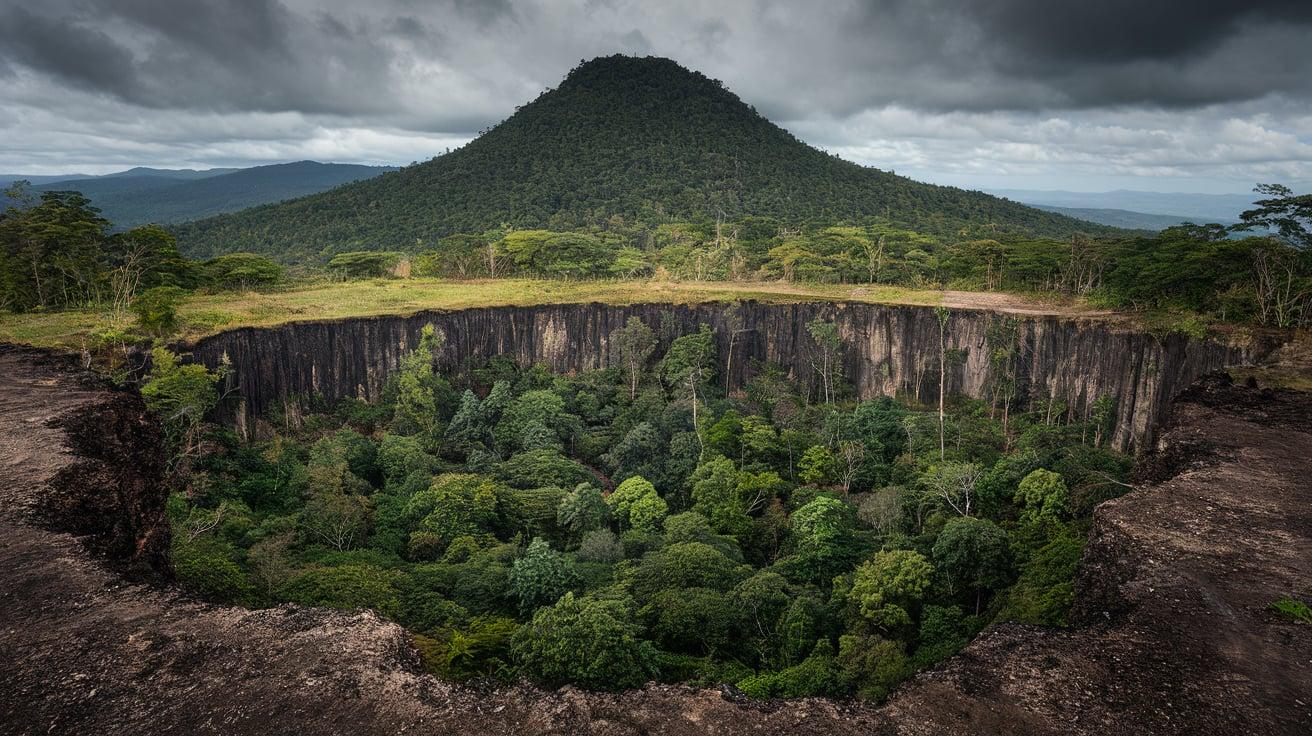
- Importance: This massive sinkhole (1,000 feet deep) on Sarisariñama tepui contains an isolated mini-ecosystem. Scientists study its unique plants and animals that evolved separately from the surrounding jungle.
- When to Go: The dry season (December-April) offers the only realistic access window.
- Permits: Special scientific or expedition permits are required from INPARQUES (the national park authority). Regular tourists cannot visit without joining scientific expeditions.
- Safety Tips: Only attempt with experienced expedition companies. Medical evacuation insurance is essential due to extreme remoteness.
12. Sima Martel
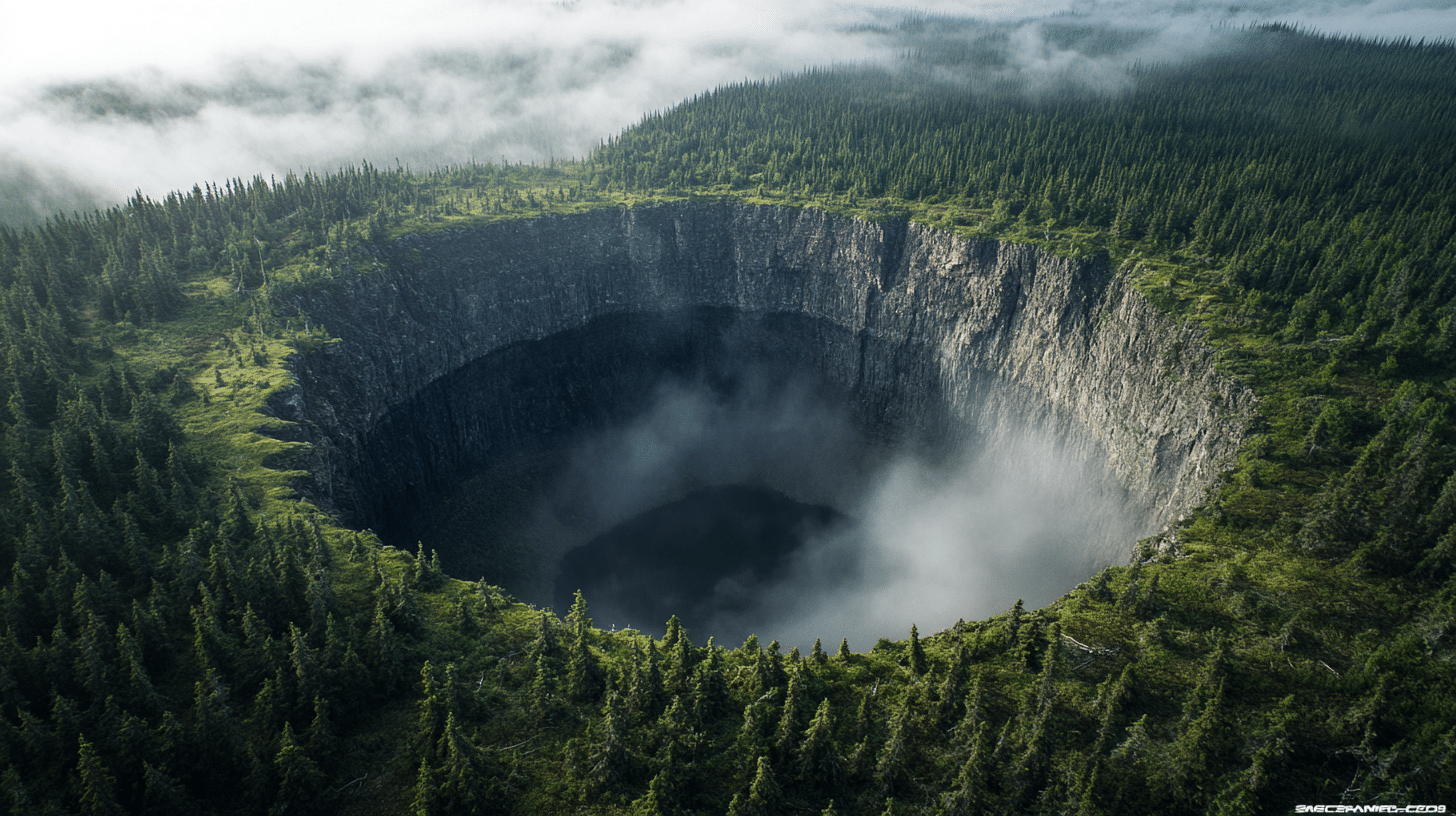
- Importance: This is a companion sinkhole to Sima Humboldt, slightly smaller but equally impressive. These paired geological formations challenge scientists studying their origins and unique ecology.
- When to Go: December-April (dry season) provides safer flying conditions for helicopter access.
- Permits: Requires special permission from Venezuelan scientific authorities and national park administration. Not accessible for casual tourism.
- Safety Tips: Extreme remoteness means no medical facilities within many hours. Only visit with comprehensive expedition support and emergency plans.
13. Cerro Autana
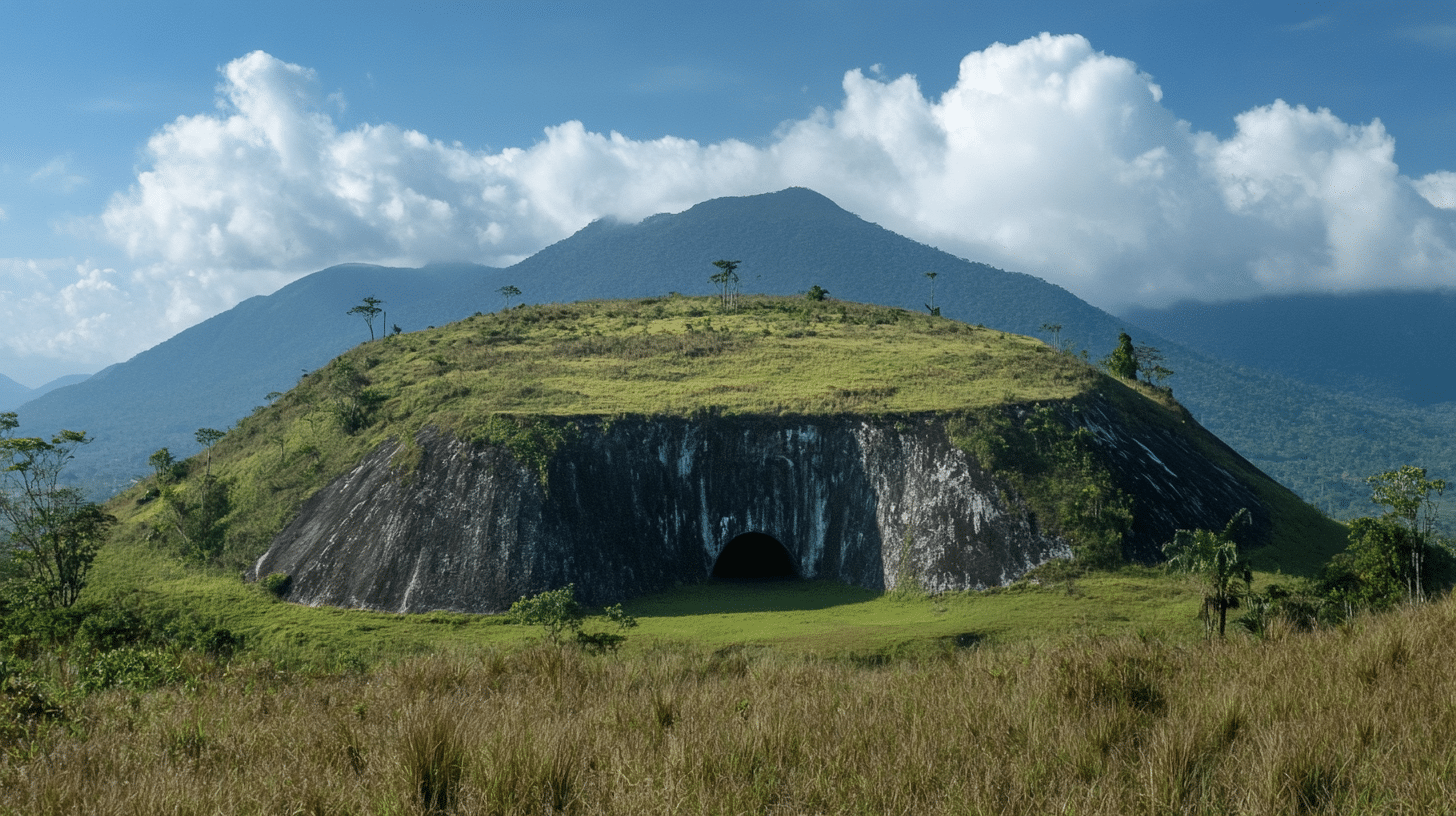
- Importance: This tepui features a unique natural tunnel that goes completely through the mountain. The Piaroa people consider it the “tree of life” and the birthplace of various crops.
- When to Go: December offers the driest conditions for the demanding trek.
- Permits: Requires permissions from both national park authorities and indigenous communities controlling surrounding territories.
- Safety Tips: Respect indigenous sites and traditions. The trek involves difficult terrain requiring good physical condition and proper equipment.
14. Quebrada de Jaspe
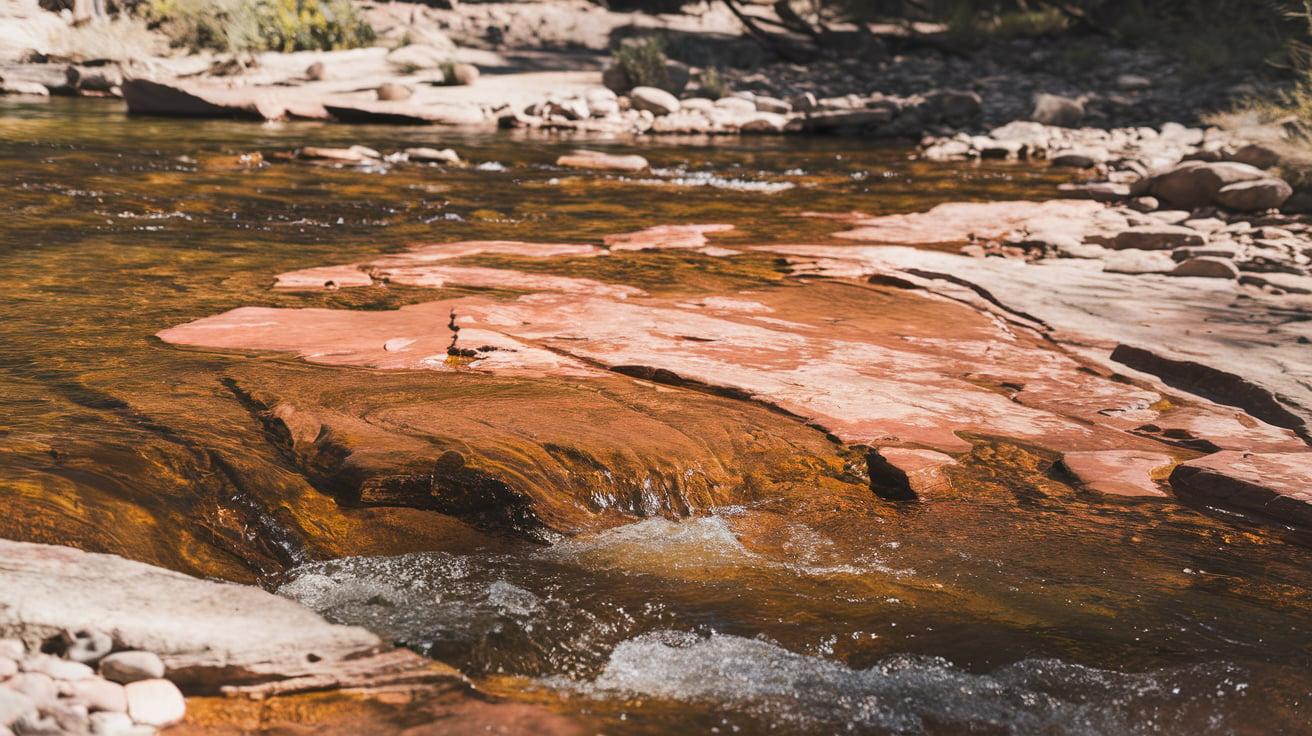
- Importance: This natural wonder features a riverbed made entirely of red jasper stone, which creates striking patterns as water flows over it. The smooth rock also forms natural water slides.
- Permits: Small fee payable to the local Pemón indigenous community who manage the site.
- When to Go: Best experienced during moderate water flow (June-October) when the red colors are most visible without being dangerously flooded.
- Safety Tips: Water can be surprisingly powerful even when shallow. Wear water shoes with a grip to avoid slipping on smooth stone surfaces.
15. Kukenaam Falls
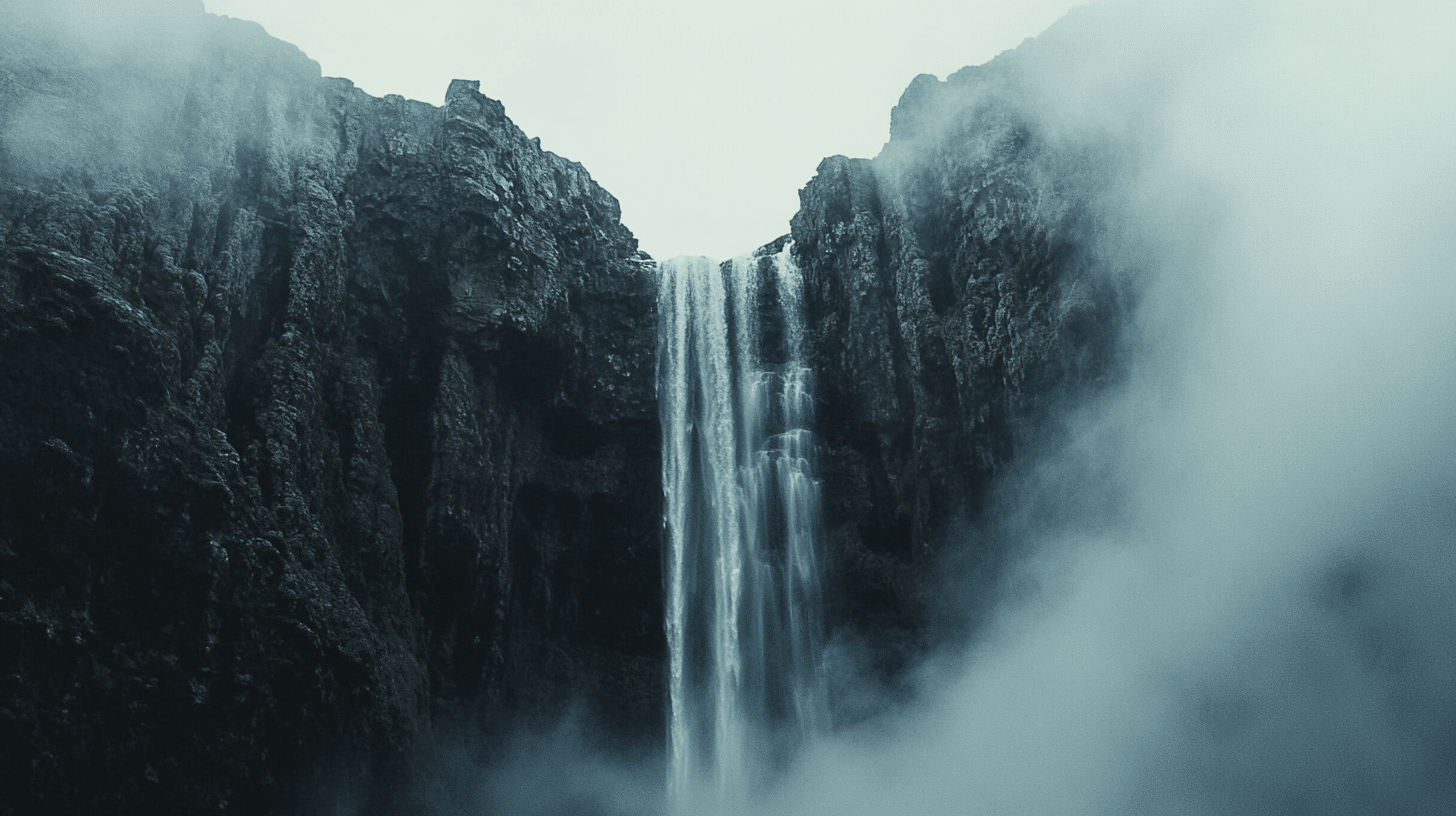
- Importance: While less famous than Angel Falls, this waterfall drops 674 meters from Kukenaam tepui. Many consider it equally beautiful and far less visited than its famous neighbor.
- When to Go: November offers the fullest water flow. However, consistent cloud cover during this season can block views.
- Permits: General park fees apply when entering through official checkpoints. Indigenous guide fees may apply in certain viewing areas.
- Safety Tips: Many viewpoints require off-road driving or hiking. Arrange transportation with local guides familiar with current road conditions.
16. Sapo Falls
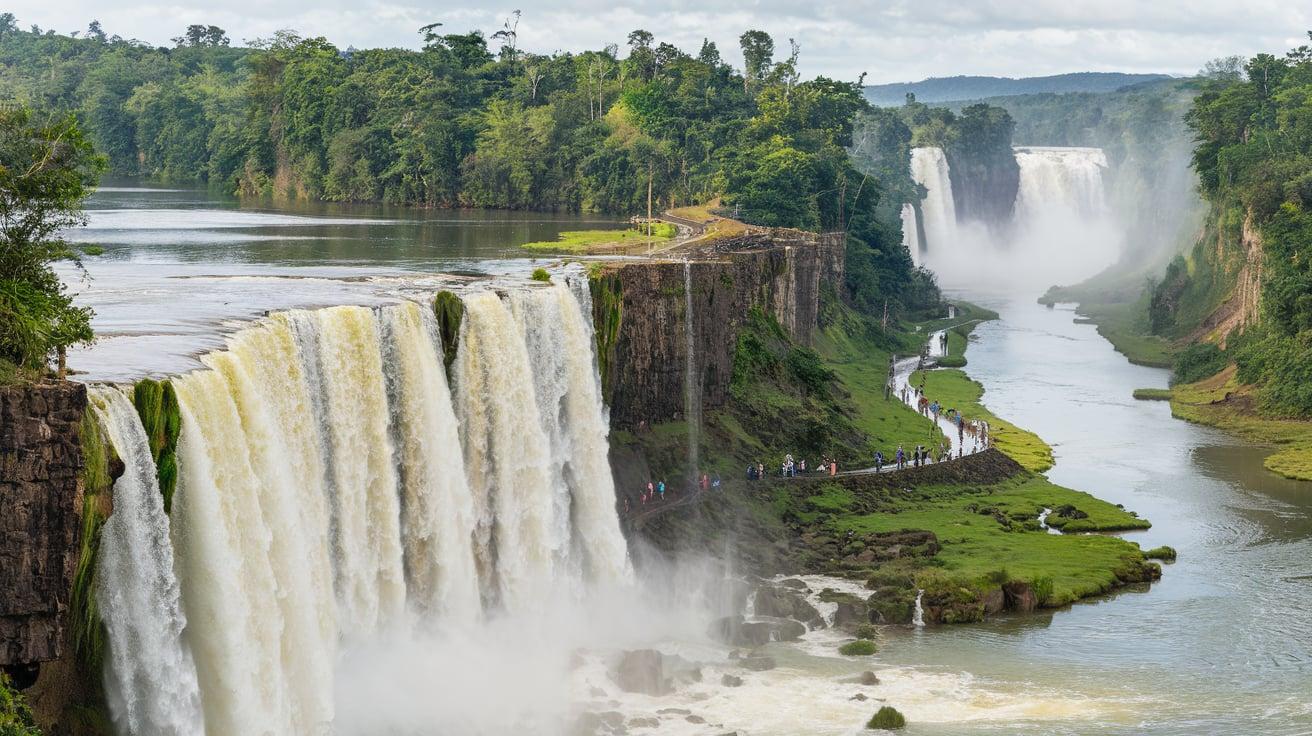
- Importance: These wide falls in Canaima Lagoon allow visitors to walk behind the curtain of water—a rare and thrilling experience. They form part of the essential Canaima experience.
- When to Go: June-December offers the most impressive water flow. In peak flood season (July-August), walking behind the falls may be restricted.
- Permits: Included in general Canaima National Park access, typically arranged through tour operators.
- Safety Tips: Rocks become extremely slippery. Follow guide instructions carefully and wear appropriate footwear. Waterproof protection for cameras and valuables is essential.
17. Cueva del Fantasma

- Importance: Unlike typical caves, this massive cave is so large helicopters can fly inside it. The cave houses its microclimate with unique vegetation and wildlife.
- When to Go: Dry season (December-April) provides safer flying conditions.
- Permits: Restricted access requires scientific or special expedition permits from national park authorities.
- Safety Tips: Only attempt visits through established scientific expeditions. No infrastructure exists in this remote region, and emergency evacuation would be extremely difficult.
18. Sarisariñama
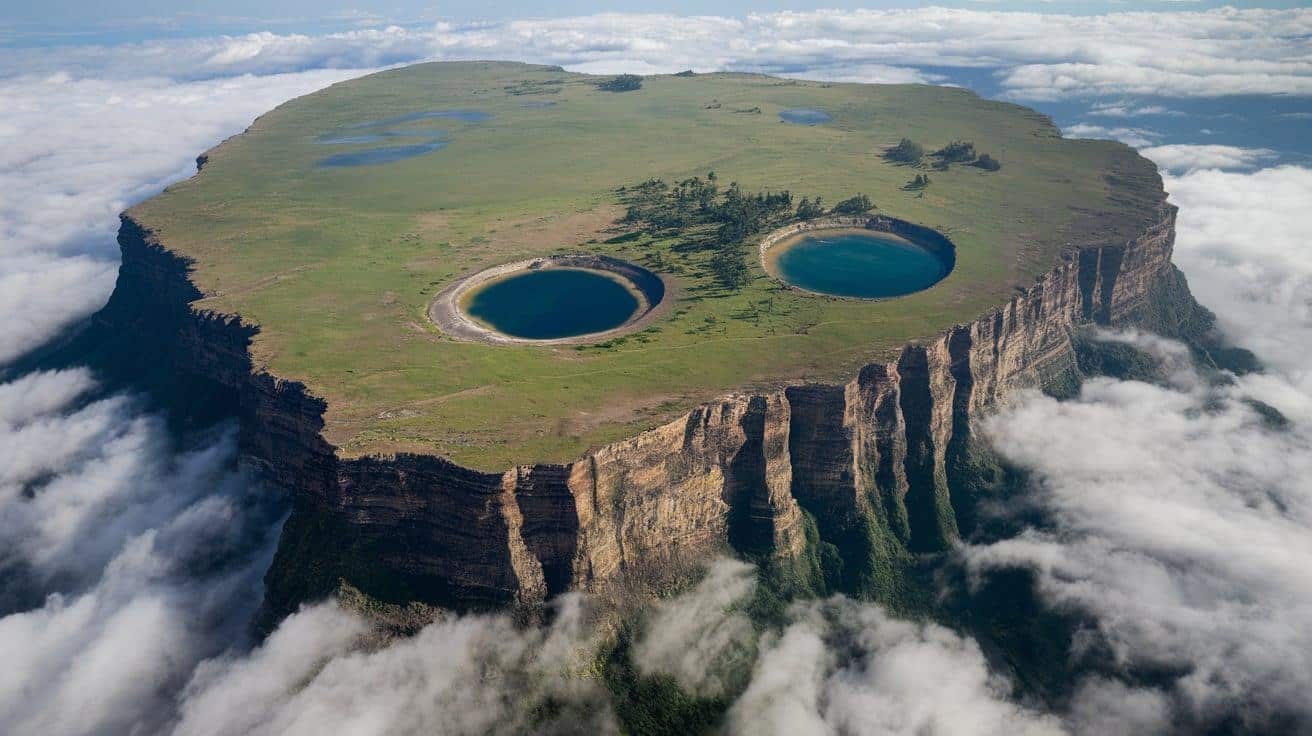
- Importance: This tepui features multiple sinkholes, including Simas Humboldt and Martel. The mountain itself contains some of Earth’s oldest rock formations, dating back 1.7 billion years.
- When to Go: December-April for helicopter safety and ground conditions if landing.
- Permits: Special scientific or expedition permits are rarely required from INPARQUES and government wildlife authorities.
- Safety Tips: No tourism infrastructure exists. Medical emergencies would require helicopter evacuation. Only visit as part of properly equipped expeditions.
19. Auyantepui
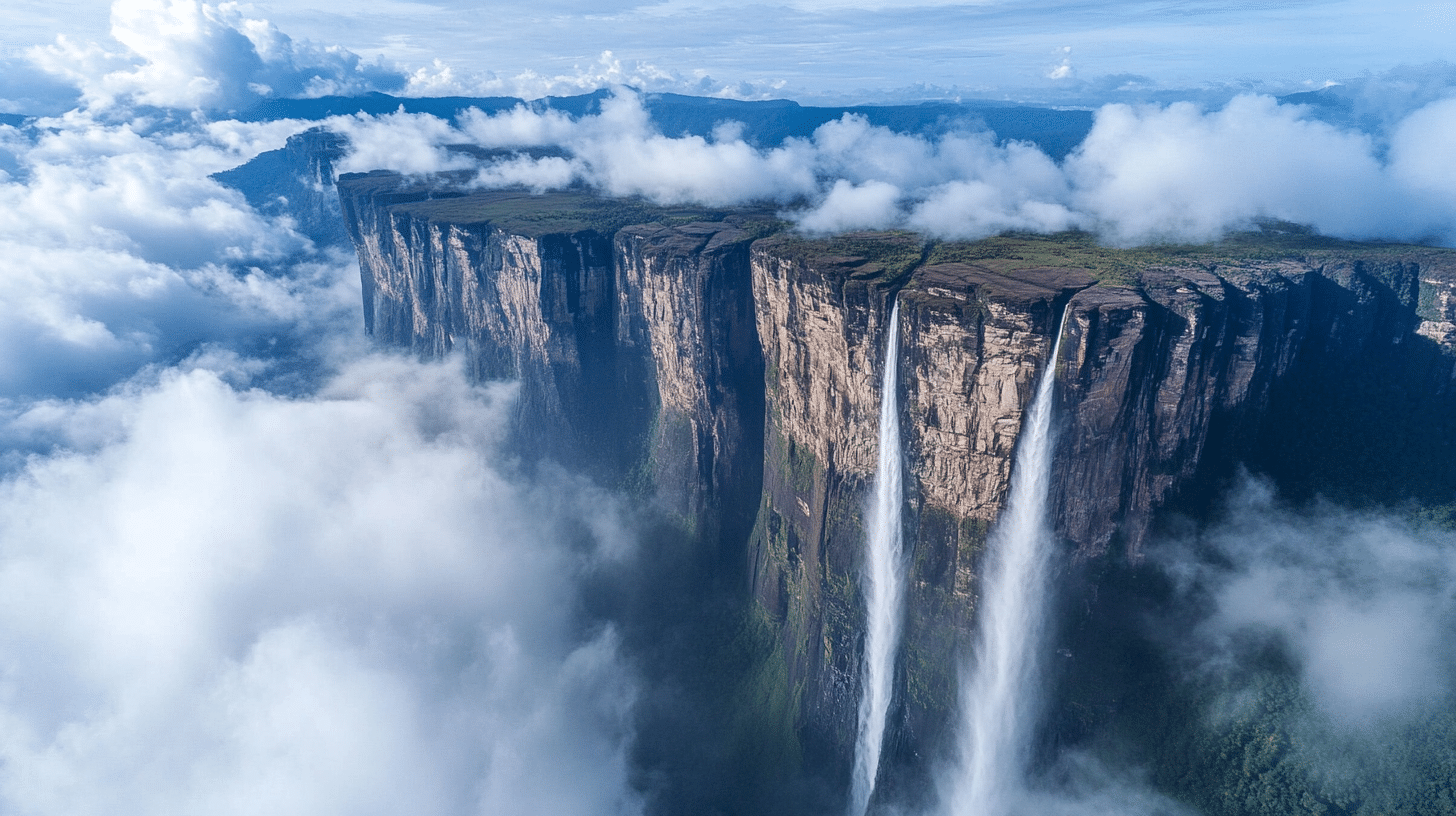
- Importance: This massive tepui is where Angel Falls originates. Its vast summit (700+ square kilometers) contains countless undocumented waterfalls and unique ecosystems.
- When to Go: December-April provides the safest access conditions.
- Permits: Special climbing/trekking permits are required in addition to standard Canaima National Park entry. Most summit areas are restricted.
- Safety Tips: Summit conditions can be extreme, with sudden weather changes. They are only accessible to experienced mountaineers with proper equipment and guides.
20. La Gran Sabana
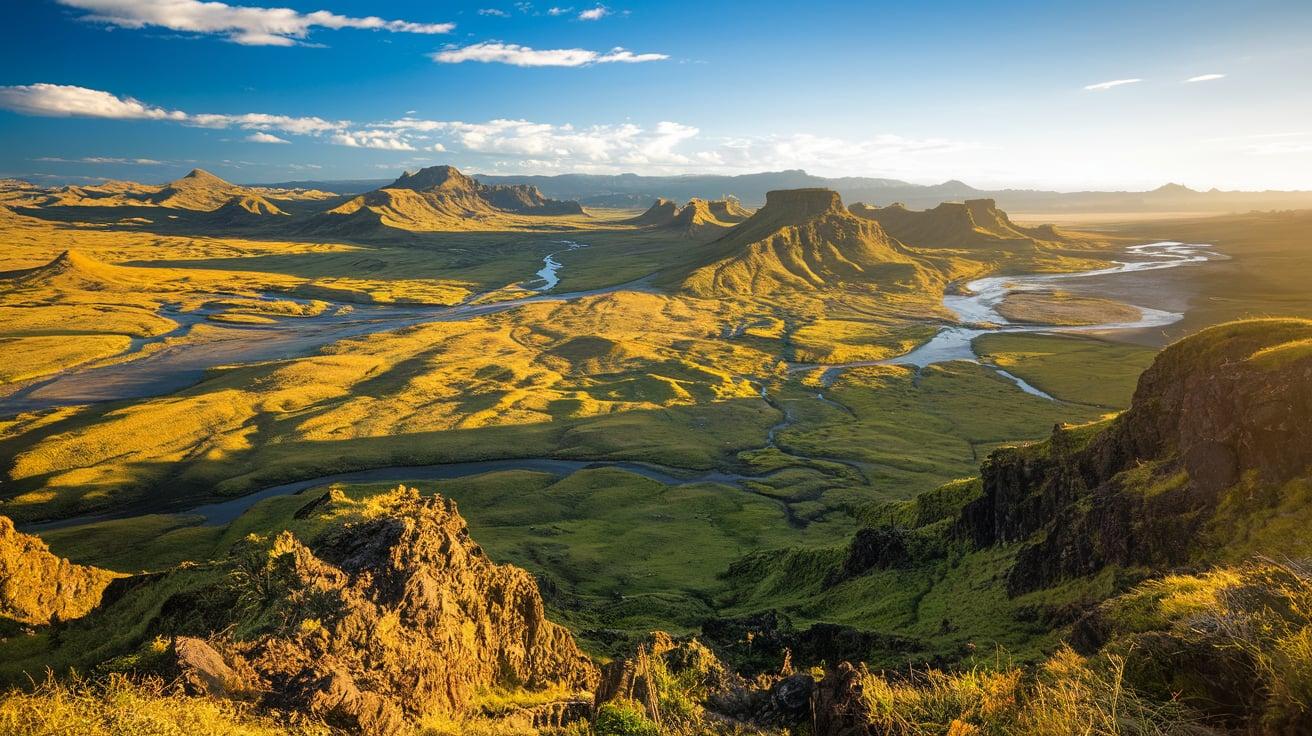
- Importance: This vast grassland region dotted with tepuis and waterfalls forms one of Venezuela’s most spectacular landscapes. It inspired the landscapes in the movie Up.
- When to Go: Viewable year-round. The dry season (December-April) offers easier road travel; the wet season (May-November) features more impressive waterfalls.
- Permits: General park entry fees are payable at control points. Indigenous community fees may apply at specific attractions.
- Safety Tips: Bring sun protection—the open savannah offers little shade. Fuel up when possible, as gas stations are limited. A high-clearance vehicle is recommended for side roads.
21. Aponguao Falls
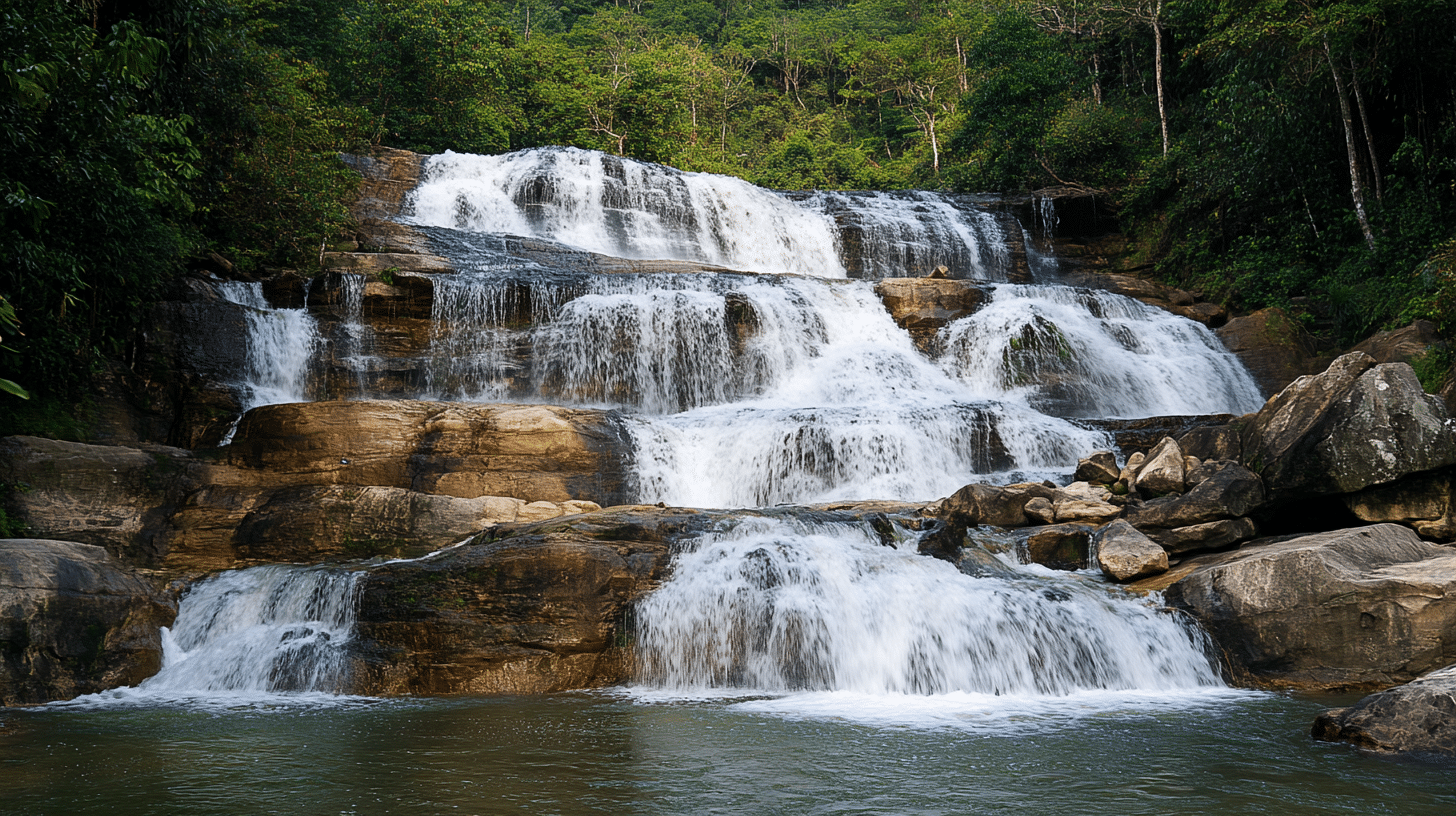
- Importance: This wide, powerful waterfall (also called Chinak-Merú in the indigenous Pemón language) drops 106 meters in multiple cascades within the La Gran Sabana region.
- When to Go: May November for the fullest water flow. The falls remain impressive year-round but reduce significantly in the driest months.
- Permits: Small fee payable to local indigenous community managing access.
- Safety Tips: The trail can become muddy and slippery during the rainy season. Proper footwear is essential. Swimming is prohibited due to dangerous currents at the base.
22. Los Médanos de Coro
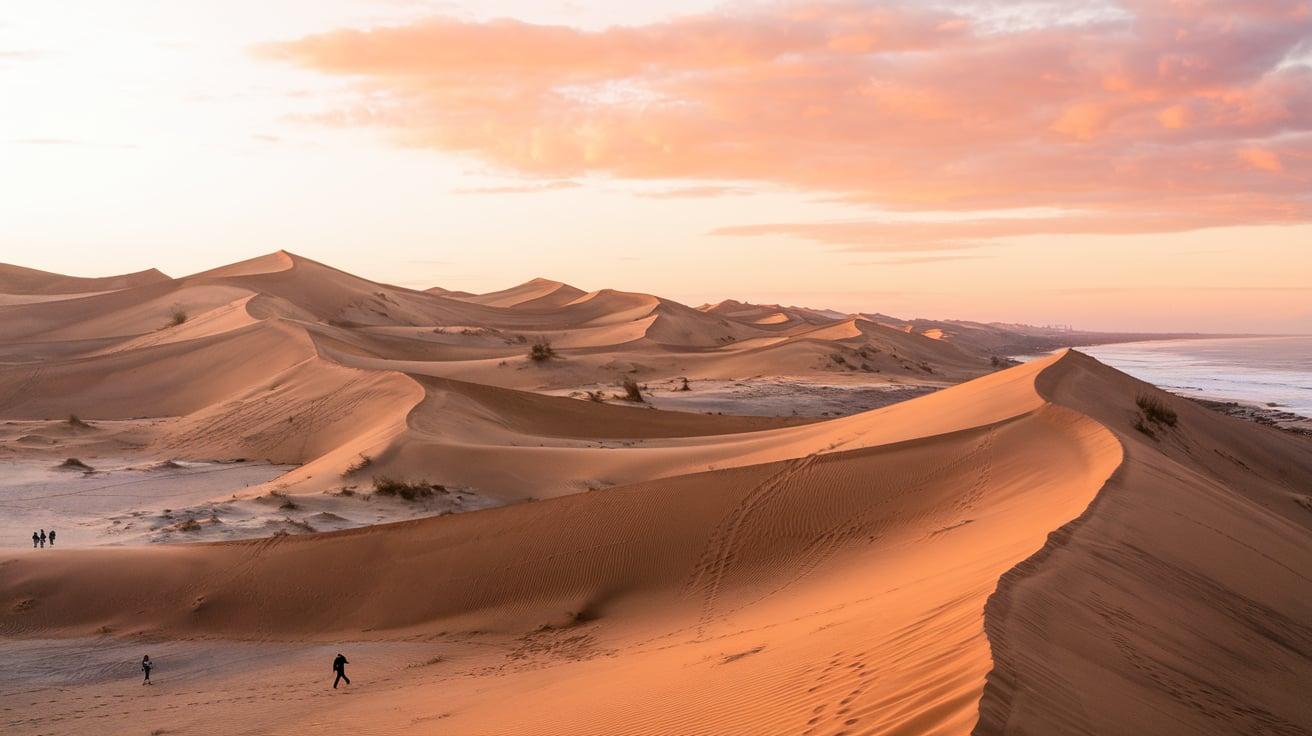
- Importance: These coastal desert dunes spread across 5 square miles near Coro City, reaching heights of 40 meters. The unexpected desert landscape creates a stark contrast to nearby Caribbean waters.
- When to Go: It is accessible year-round. Early morning and late afternoon provide the best light for photography and cooler sand temperatures.
- Permits: There is a small entrance fee at the national park control point.
- Safety Tips: Bring plenty of water and sun protection—there’s no natural shade. Wear closed shoes, as sand can become extremely hot. At certain times, wind can cause sand storms.
23. Pedernales Mud Volcanoes
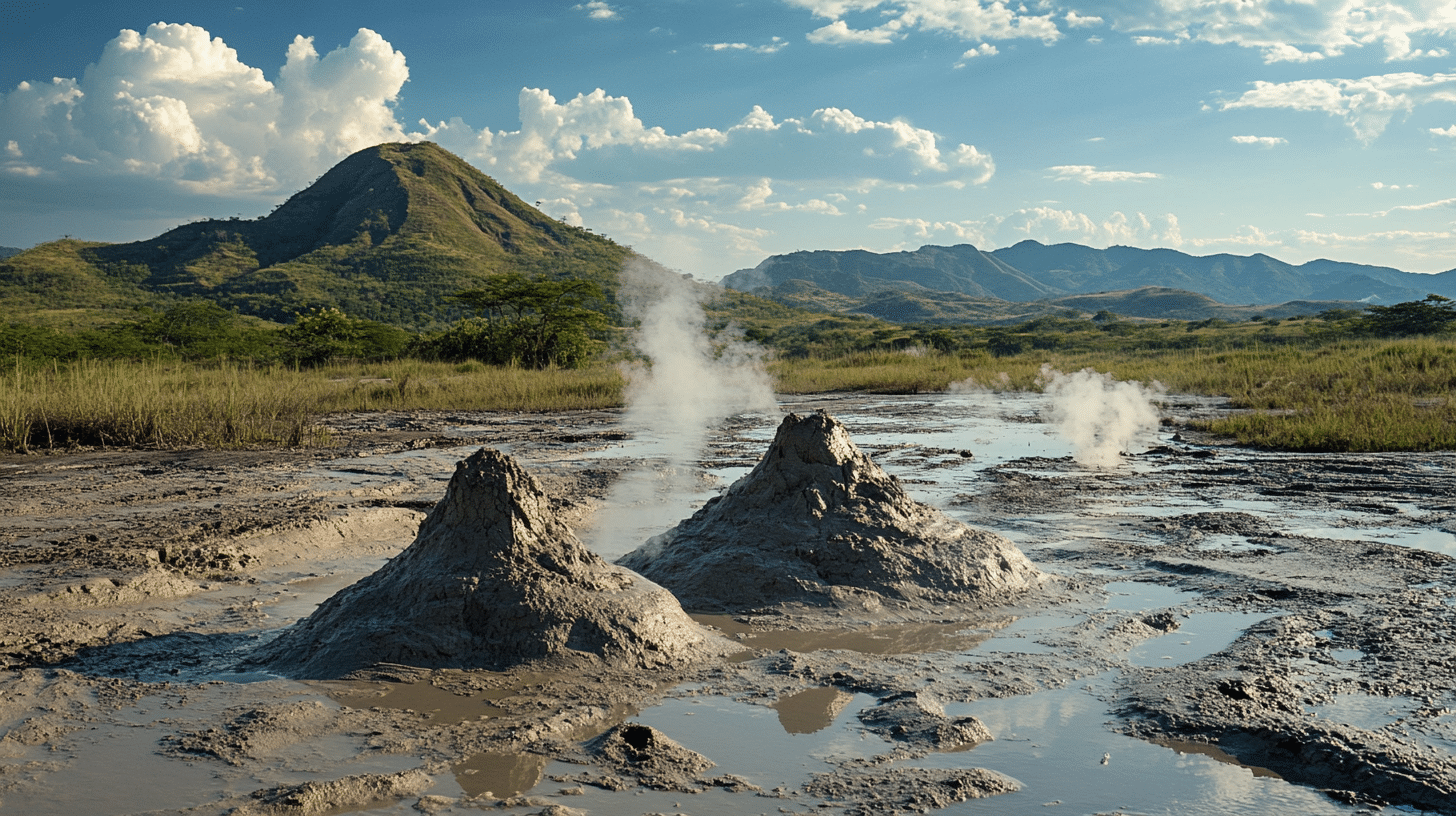
- Importance: These unusual geological features continuously bubble with methane gas and mud, creating small cone-shaped volcanoes that constantly change shape.
- When to Go: Dry season (January-April) offers easier access and less mosquito activity.
- Permits: No special permits, but local guides are necessary for navigation through the complex delta waterways.
- Safety Tips: Avoid direct contact with volcano mud, which may contain harmful bacteria or minerals. The region has limited medical facilities, so bring basic medical supplies.
24. Sistema Roraima Sur
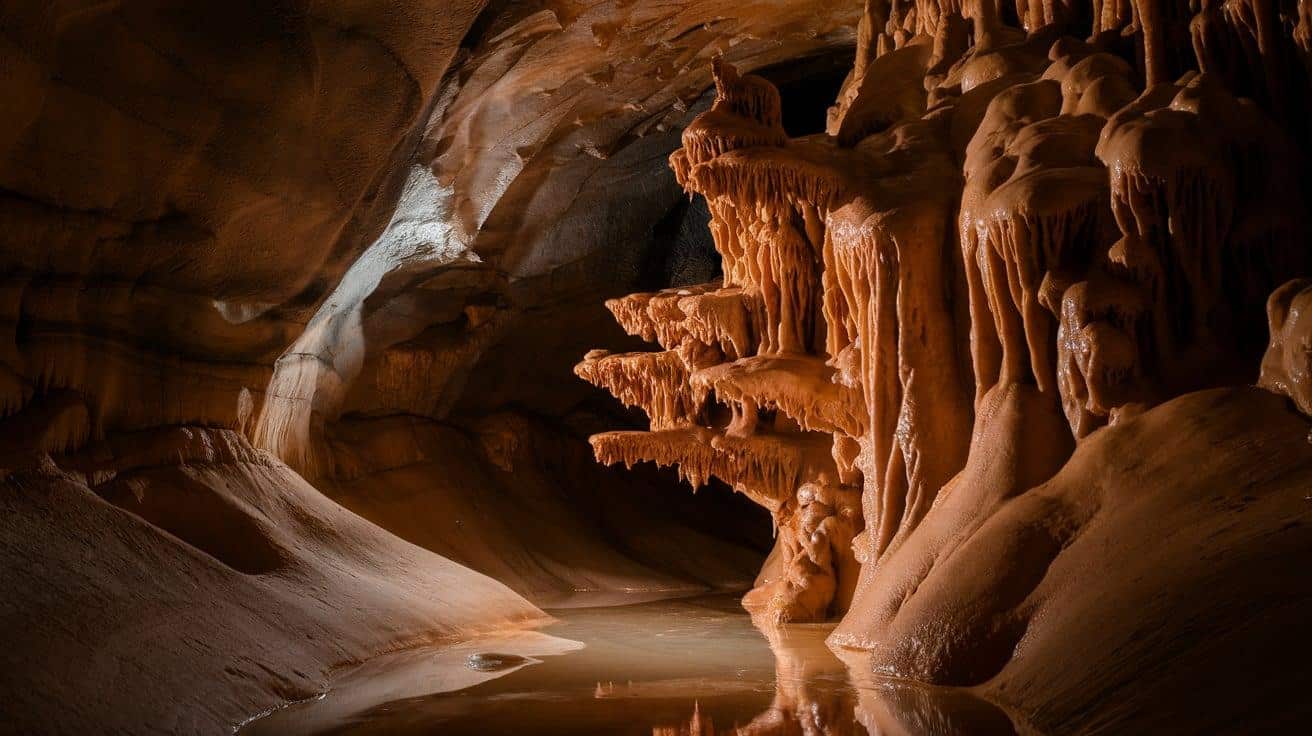
- Importance: The world’s longest quartzite cave system (10.8 km) was discovered in 2009 inside Mount Roraima. Cave explorers continue mapping new sections and documenting unique mineral formations.
- When to Go: December-March provides the safest trekking conditions to reach the mountain.
- Permits: Scientific or special caving permits are required beyond standard Roraima access. Most sections are closed to regular tourists.
- Safety Tips: The cave is only accessible to experienced cavers with proper equipment. Cave conditions can be dangerous, with slippery surfaces and tight passages. No rescue infrastructure exists.
25. Vigirima
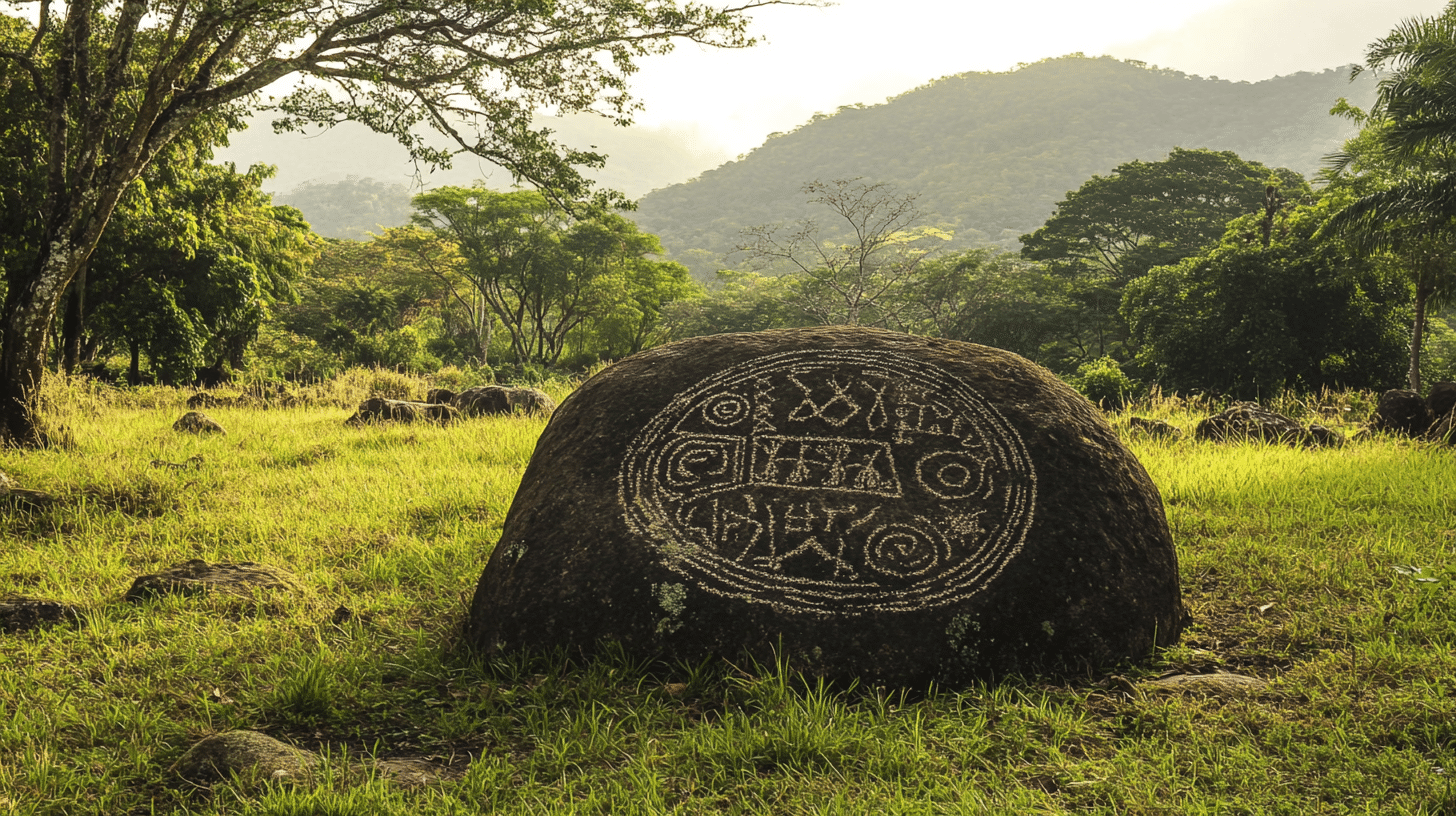
- Importance: This archaeological site features pre-Columbian petroglyphs and stone arrangements dating from the 0th to the 7th century AD, providing insights into ancient indigenous cultures.
- When to Go: Dry season (December-April) offers easier site access and better viewing conditions.
- Permits: Small entrance fee payable at the site entrance.
- Safety Tips: Bring water and sun protection, as the site offers limited shade. Some paths can be uneven, so wear appropriate footwear.
26. Canaima Lagoon Falls
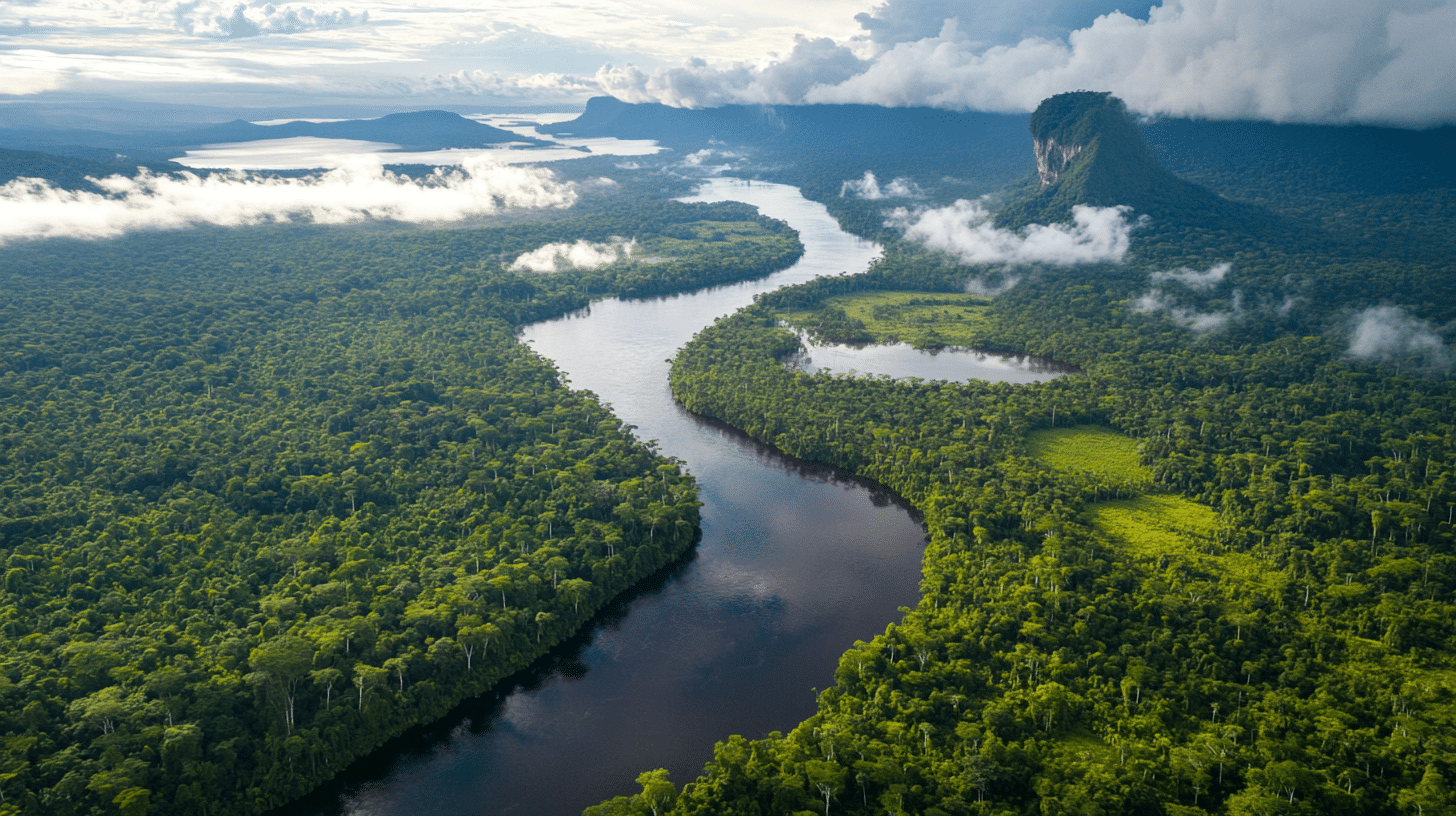
- Importance: This group of waterfalls (including Hacha, Golondrina, and Ucaima) flows directly into the main Canaima Lagoon, creating one of Venezuela’s most photogenic landscapes.
- When to Go: Impressive year-round but most powerful during the rainy season (May-November).
- Permits: General Canaima National Park entrance fee, usually included in tour packages.
- Safety Tips: Swimming is allowed in designated areas only. Currents near the falls can be dangerous. Follow local guide instructions regarding safe swimming zones.
27. Mountain of Sorte
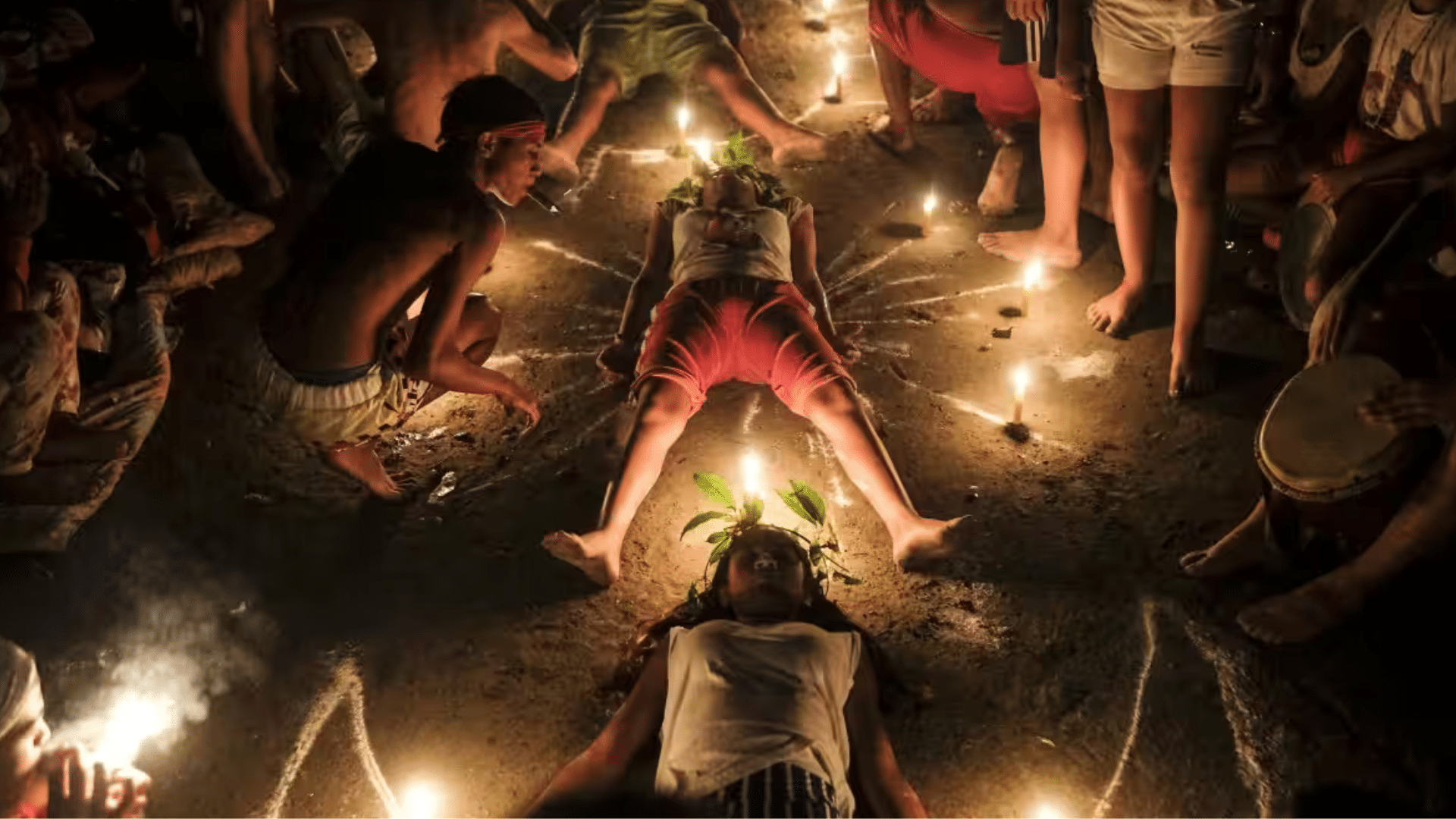
- Importance: This mountain in Yaracuy state serves as the main pilgrimage site for followers of María Lionza, a syncretic Venezuelan religion blending indigenous, African, and Catholic elements.
- When to Go: October 12 features the largest annual gathering, though spiritual practices occur year-round. Weekends generally have more activity.
- Permits: No special permits, but respectful behavior is expected as this is an active religious site.
- Safety Tips: Observe ceremonies respectfully without photographing without permission. Visit with a local guide familiar with customs and appropriate behavior at ritual.
Wrapping Up
Most sites are best visited during the dry season (December-April), though waterfalls often show their full power in the rainy months.
Almost all locations require local guides, not just for permits but for safety and cultural understanding.
While some landmarks welcome casual visitors, others remain accessible only to scientific expeditions.
With proper planning and respect for local customs, these places offer unforgettable glimpses into our planet’s natural history.
For more such blogs, don’t forget to visit our website.

